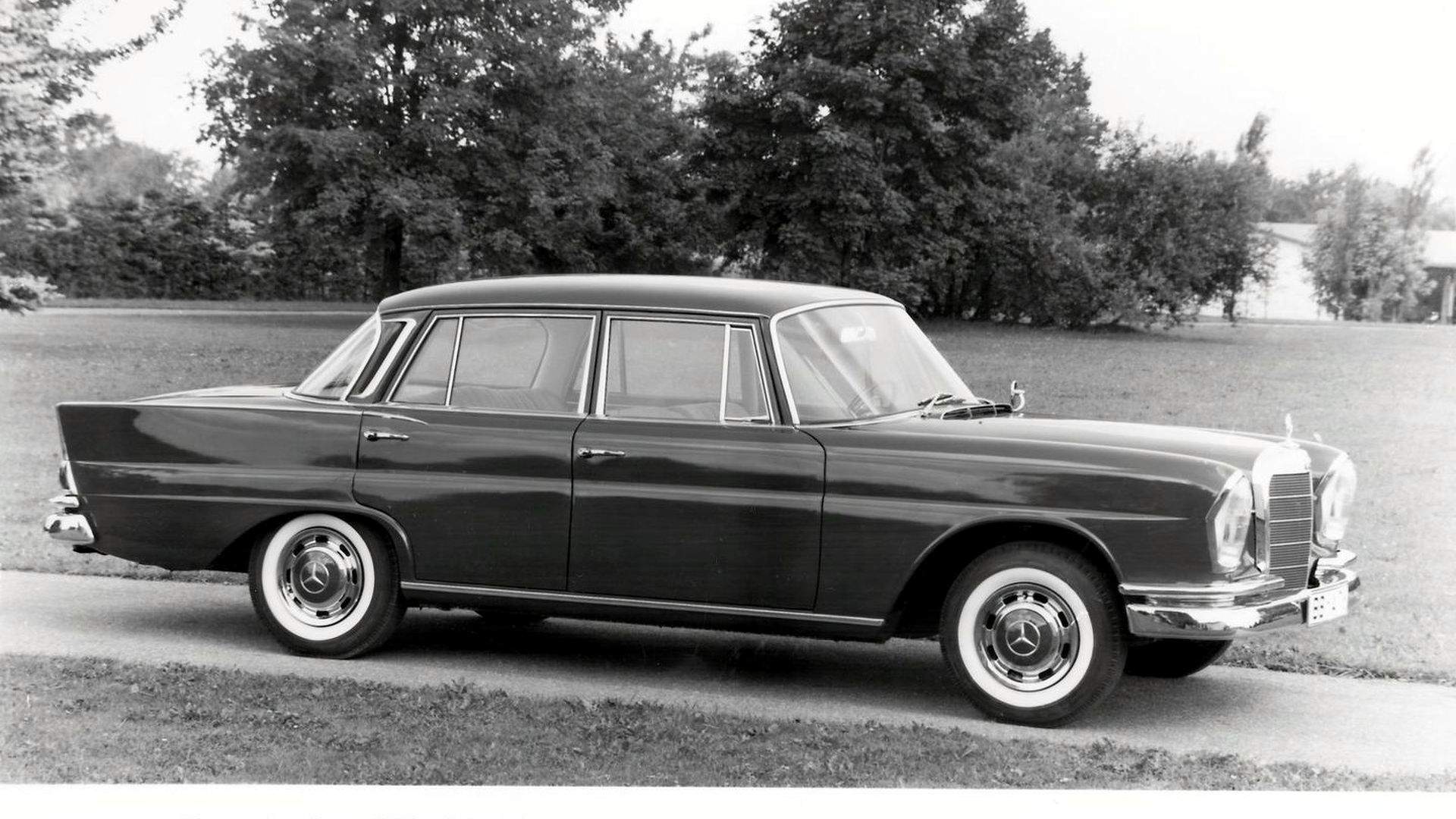Mercedes-Benz was the first to use the safety concept that a car’s body absorbs the kinetic impact from a crash and keeps it in a crumple zone around the cabin, occupied by passengers. This ensures they are safe.
Although Volvo is the name most associated with safety in automotive, consumers may not be aware that Mercedes-Benz was the one who first created the Crumple Zone, the most fundamental tenet of safety for passenger cars.
Bela Barenyi, an inventor, was the first to realize that passengers could be safer in vehicles that absorb impact energy and then keep it away from people.
Barenyi designed a system that placed the car’s components in a specific configuration. This kept the kinetic energy from being absorbed by a bubble, protecting the car’s occupants in the event of a collision. Barenyi’s invention was patented by Mercedes in 1952. The technology was introduced to production cars in 1959 with the Mercedes-Benz 220, 220S and 220SE models.

Barenyi, for example, arranged the steering column (and other heavy components) so they wouldn’t form blocks that could increase the impact on the cabin. This system was intended to cause the car’s body to collapse around the cabin and absorb the impact.
The cabin was also redesign with dashboard and controls made from soft edges and designed to withstand a crash.
Mercedes models were among the first to offer over-the shoulder seat belts.
Barenyi, the inventor/engineer, is listed as having approximately 2,500 patents. This is more than twice as many as Thomas Edison, the more well-known inventor.